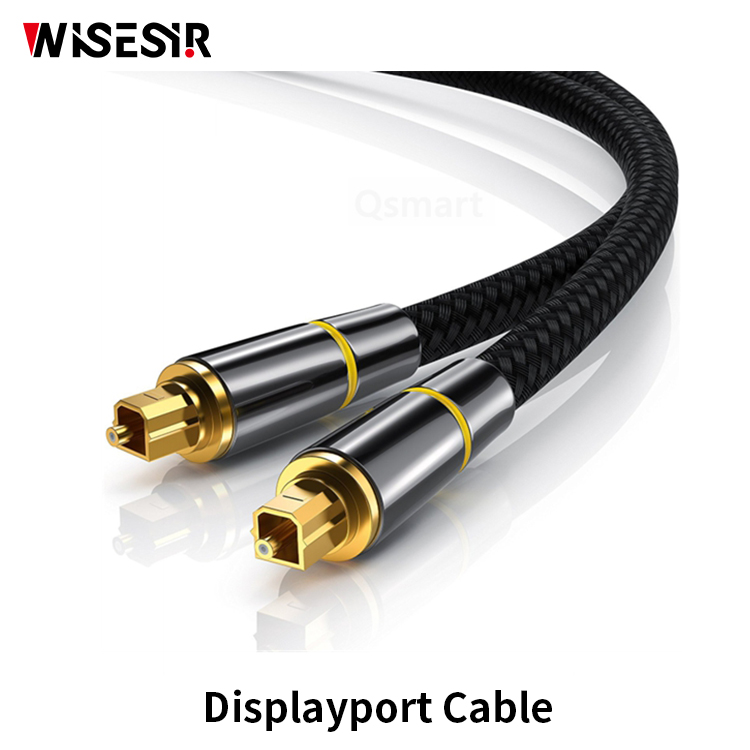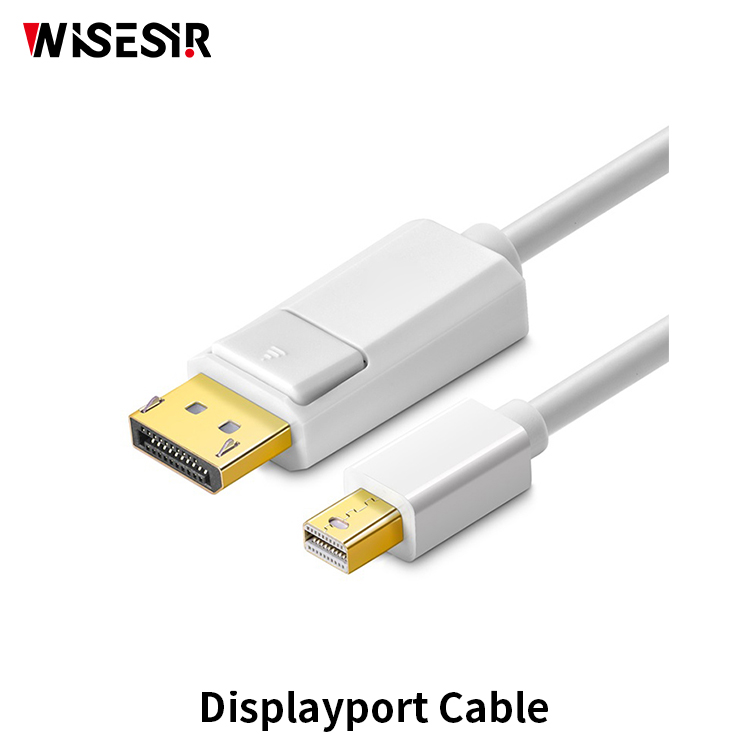introduction
As the trend toward functional integration and technology convergence continues, portable devices such as digital video cameras, smart phones and media players are increasingly demanding power supplies. These portable devices are usually powered by batteries. However, the working hours of the battery are limited. In order to ensure the continuity and integrity of the operation, the operator needs to know the remaining capacity and available time of the current battery in time to prevent the battery from running out of energy. An unexpected shutdown occurs, causing unnecessary data loss.
The BQ27210 is a battery monitoring device from TI that is used in portable devices such as digital video cameras, smart phones, PDAs, and MP3s to perform high-precision monitoring of power systems consisting of stand-alone single-cell lithium-ion and lithium-polymer batteries. With the report. The device compensates for the voltage drop of a small current sense resistor in series with the battery to determine the charge and discharge of the battery, while compensating for the battery's usable time, capacity, temperature, self-discharge and discharge rate, etc. Provide information such as available time under various working conditions. Automatically recalibrate or obtain battery capacity during a discharge cycle from full to empty. The device's internal registers record information such as battery capacity, current, voltage, usable time, state of charge, and temperature. The external processor can communicate with the BQ272lO through the I2C serial bus to read real-time information such as battery capacity, temperature, and usable time recorded in the internal registers of the chip.
Main features of its pin function
The main features of BQ27210 are: I2C serial interface communication; it can accurately report the battery's usable time, discharge rate, temperature, voltage, current and other information; high-precision integrated charging and discharging current, with automatic offset calibration, no user calibration required; Programming input/output ports; internal user EEPROM configuration memory; stable oscillator without external components; detection delay after dynamic discharge, allowing use in high dynamic load environments; automatic sleep mode when communication line is low; The working temperature is 20~C~70~C.
The BQ27210 is available in a small QFN package with pin functions as follows: BAT is the battery voltage sense input; GPIO is a general-purpose input/output that can be programmed; PGM is the EEPROM programming voltage input; RBI is the alternate register input; SCL is Serial clock interface for data communication with the microcontroller; SDA is the serial data interface for data communication with the microcontroller; SRN is the battery charging and discharging current detection input (negative); SRP is the battery charging and discharging current detection Input (positive); VCC is the power input; VSS is the ground.
working principle
The internal block diagram of the BQ27210 is shown in Figure 1. The device stores the calculated battery charge and discharge related data in internal RAM, which can be held by the voltage on the RBI, while the EPPROM is used to store permanent user data information. Since the BQ27210 integrates an A/D converter and a temperature sensor, to obtain the voltage, temperature and other parameters of the battery, it is only necessary to issue an acquisition voltage and temperature control command to the device through an external processor. The voltage and temperature measurements are stored in the corresponding RAM registers, and the contents of the registers are read by an external processor.

See the PDF document for details.
Displayport Cable
In the simplest terms, DisplayPort cables are designed to provide both audio and video signals via a single cable. They are used to connect displays or monitors to a source device such as a PC or laptop and transmit the outputted audio and video data to the display.


hdmı to displayport ,mini displayport,usb c to displayport ,displayport mini to hdmi ,displayport to vga
Pogo Technology International Ltd , https://www.wisesir.net